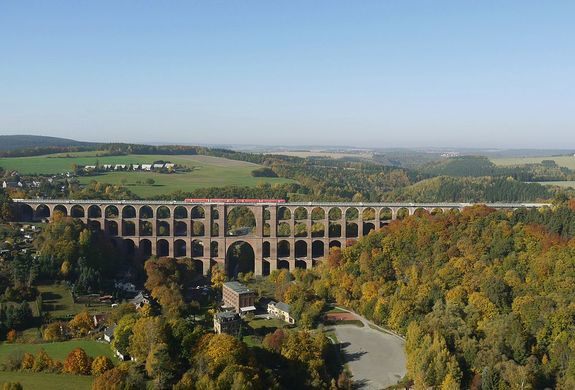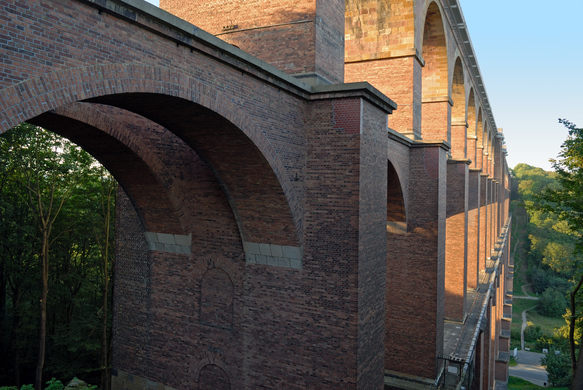The 256-foot-tall 1,883-foot-long Göltzsch Viaduct’s construction completed in the year 1851. It is situated about 4 km west of the German town of Reichenbach Vogtland and is the world’s largest brick bridge.
Before the period of industrialization and advancements in construction industries, bricks were the most commonly used construction material. Bricks and stones were the only available option for the architects at the time. The block, stone structures were more durable and, for sure, have outlived the modern forms of construction and development. In Asia, Europe, and some other parts of the world lie thousands of brick viaducts constructed hundreds and thousands of years ago, most of which are still in good shape.

Steel & Iron took over bricks and traditional forms of construction with the passage of time and advancements in the construction industry. Multiple reasons accounted for the shift inclusive of low-cost new ways of development, and architects were able to develop various forms of structures with ease. However, it is still said and believed the brick and stone structures were way more reliable despite the high-cost construction
The Goltzsch viaduct in North Saxony made out of over twenty-six million bricks. The project was yet rapid and cost-efficient as it seems not to, the reason being, lime was abundant in the said vicinity and made the production of blocks cheaper, hence transportation cost for the building material reduced for the project. Around 20 brickyards were producing blocks at the railway line construction for maximum effectiveness in delivering the project.

It is a fascinating sight to look at the bridge from any angle; people travel from far away to witness this historic structure.
Comments
Post a Comment
Tell us what you think